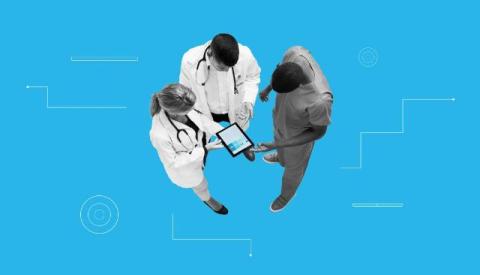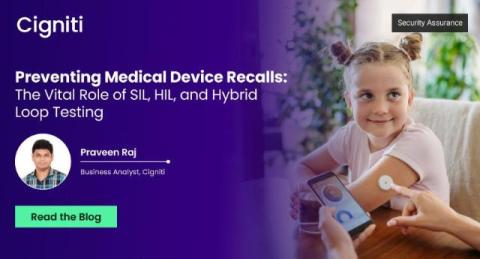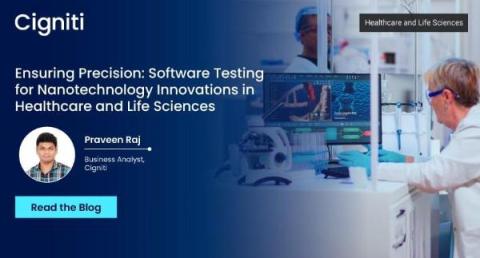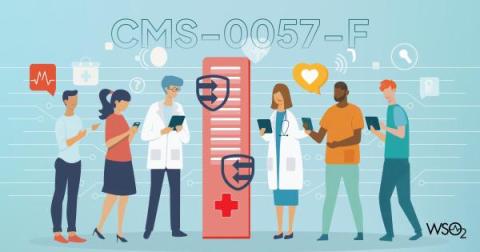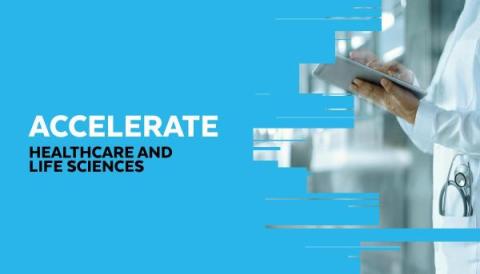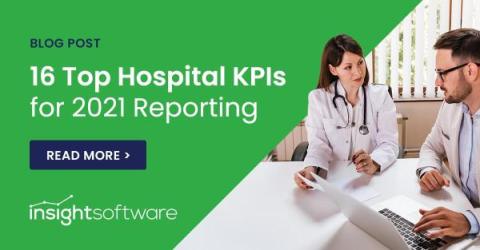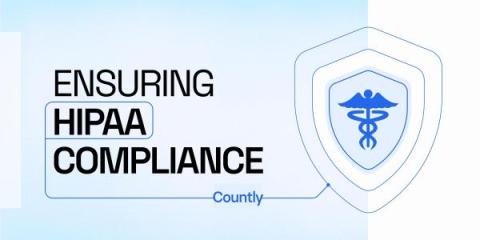5 Ways Healthcare and Life Sciences Organizations Are Using Gen AI
Much has been said about how generative AI will impact the healthcare and life sciences industries. While generative AI will never replace a human healthcare provider, it is going a long way toward addressing key challenges and bottlenecks in the industry. And the effects are expected to be far-reaching across the sector.


